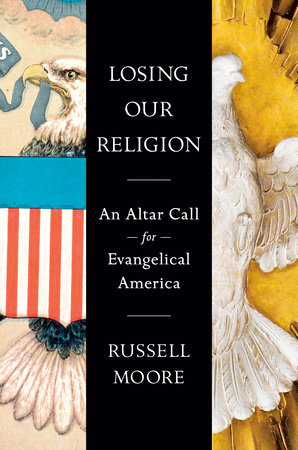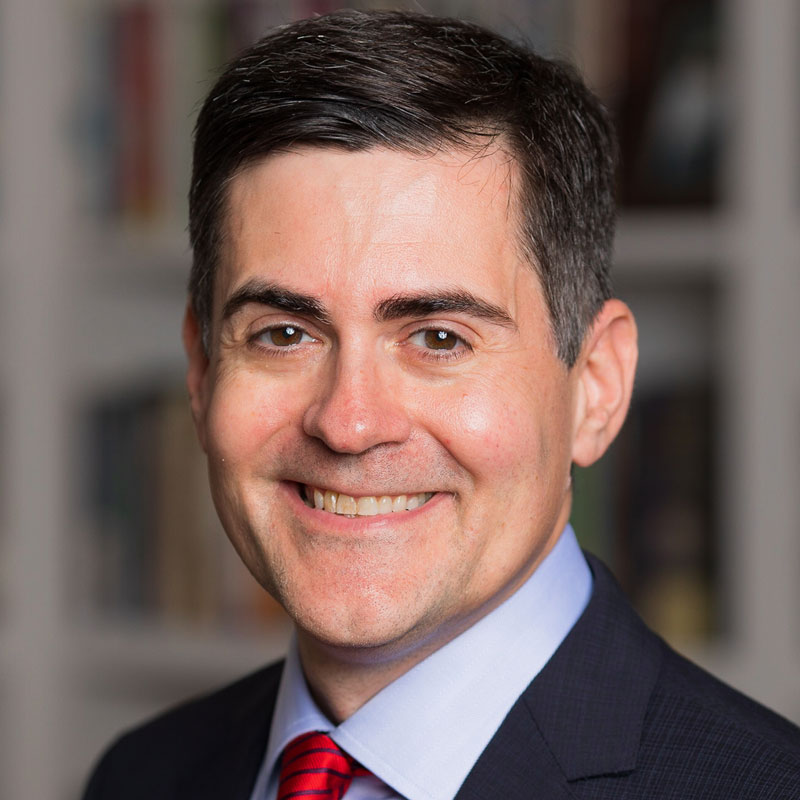For the past 75 years or so, Superman has had a girlfriend. Now he has a wife, and a son, and a new direction. And he’s not alone. Even Batman, easily caricatured as a loner in his cave, has a teenage son and has proposed marriage to a (very) complicated woman in his life (she said yes). This is, of course, of interest to lifelong comic book nerds like me, but it should also perk the attention of Christians who wouldn’t know the difference between Krypton and Krypto because it just might signal something hopeful in at least one corner of our culture. The DC Universe is, ironically, rejuvenating itself with maturity.
Under the leadership of Geoff Johns (in the comic world he’s either revered or reviled; I’m enthusiastically in the first category), DC is undergoing what it calls “Rebirth.” Here’s the thumbnail of this re-direction. In 2011, DC decided that one of the reasons for their declining sales is that there wasn’t an easy “on-ramp” for new readers and returning readers. Storylines and subtexts and relationships between characters were complicated to the point of confusing. They tried to solve this with a fresh start, a reboot called “the New 52” in which, essentially, the characters and the stories started all over again. Fans didn’t like this, for all sorts of reasons, and so, in 2016, a new direction was launched. With “Rebirth,” the comics in many ways returned to some of the best aspects of the pre-52 universe. With some inventive and often thrilling storytelling, the comics are reconnecting the characters with the larger legacy and mythology of the DC universe.
Now, this is too complicated to explain here, with timelines reconnecting and a mysterious figure found to have been robbing them of memories, connections, and even years of their lives. But one key change in Rebirth, along with a more hopeful tone, is re-establishing some relationships. A big part of that is friendship, love, marriage, and parenthood.
Notice Superman for instance (which is, in my opinion, the best of the best in Rebirth so far). The last son of Krypton was often derided in years past as a “Big Blue Boy Scout.” And, in some incarnations, this was fair enough with the image of an alien invulnerable to everything but kryptonite and magic, and often with a tendency to humorlessly cap off adventures with a moral lesson or two. The “New 52” version of Superman, though, was younger, more unsure of himself and his abilities, more sarcastic and harder-edged. But the “Rebirth” Superman is quite different still. Among other things, he is married to Lois Lane and they are together raising their half-human son, Jon (named after Clark’s adoptive father Jonathan Kent) who is grappling to come to terms with his own emerging powers.
Batman, likewise, is attempting to parent a much more volatile son, Damian, who is at the same time the newest version of Robin. Batman also is making some attempt to walk away from his (at least by daylight) playboy ways, asking his sometimes lover, sometimes nemesis Catwoman to marry him.
And it’s not just these two who are finding love and responsibility in their new ecosystems. In the one-shot issue launching the Rebirth initiative, Aquaman proposed, on bended knee with ring in hand, to warrior-princess of the seas, Mera. I could go into many, many other iterations of this in the DC Universe.
Add to all of this settling down, a theme of reconnection with parents, and indeed a broader theme starts to emerge. Both Batman and Superman are, like many superheroes, motivated by their identities as orphans. Bruce Wayne’s parents were shot to death in front of him as a child (leading to his vow to fight criminals) and Kal-El’s birth parents were blown apart, along with his entire planet. In more recent days, though, both Superman and Batman have encountered versions of their fathers.
One media observer of all things comic, sees in these love and family storylines innovation that is even bigger than what might appear at first glance. Journalist Shaun Manning argues that these marriages and children are more consequential than, say, Bane breaking Batman’s back because they are much “harder to reverse in-story.” This also brings much risk. The question asked by many is whether Batman can be both a hero and a husband.
And yet, the dynamics at play here in marriage and parenting and extended family give an insight into these characters in ways we have not seen. “This is inherently more interesting and more exciting than the perpetual teen-angst sexual tension that publishers have previously assumed is what keeps readers invested.”
A cynic might suggest that one reason for all this settling-down is that many comic book readers are not pre-teens but, like me, those who never stopped reading or came back well into adulthood and can thus relate to mortgages and figuring out curfews. But in talking to DC fans, young and old, I think there’s something else at play.
Stories that are too sanitized and uplifting eventually seem artificial and grating. That’s why comics, and other media of popular culture, swing away from such toward darker, edgier vibes (compare, for instance, the Batman of the Tim Burton films with the Dark Knight version). We can’t relate to a world that seems utopian and unfallen. But edginess can easily tip over into cynicism and even nihilism, and that’s, after awhile, exhausting.
Batman writer Tom King is, onto something when he says that the introduction of engagement and (maybe) marriage to the Dark Knight’s life will not “settle him down” but make him even more complicated. “Most superheroes, you make them happy and you end conflict—you give Spider-Man a wife and where do you go from there? But Batman’s the opposite; You give him happiness and you create conflict, because he’s fundamentally a sad character.”
Our lives are actually riddled with both glory and agony, both grace and pain, both love and war. DC is attempting to strike this balance in multiple ways—for instance with the interaction between Superman (and others) and the super-dark figures of the 1980s-era Watchmen.
Relationships and family, though, are one of those places where we see both light and darkness. There was a time when that darkness might have been most visible to aging adults in the throes of family responsibilities. But, in a world filled with the trauma of divorce and addiction and abuse, children are well aware of this too. Married/parenting adults need to be reminded of youthful joy and playfulness and exuberance. And children and adolescents and young adults need sometimes to see the stability and happiness that come with standing by one’s vows.
Unfortunately, in our culture and way too often even in our congregations, the worlds of younger and older, married and single, restless and settled, can seem further apart than alternative earths in a multiverse. We need each other. Comic books can see this. The church should too. In that, maybe Rebirth has some needed reminders for the reborn.







